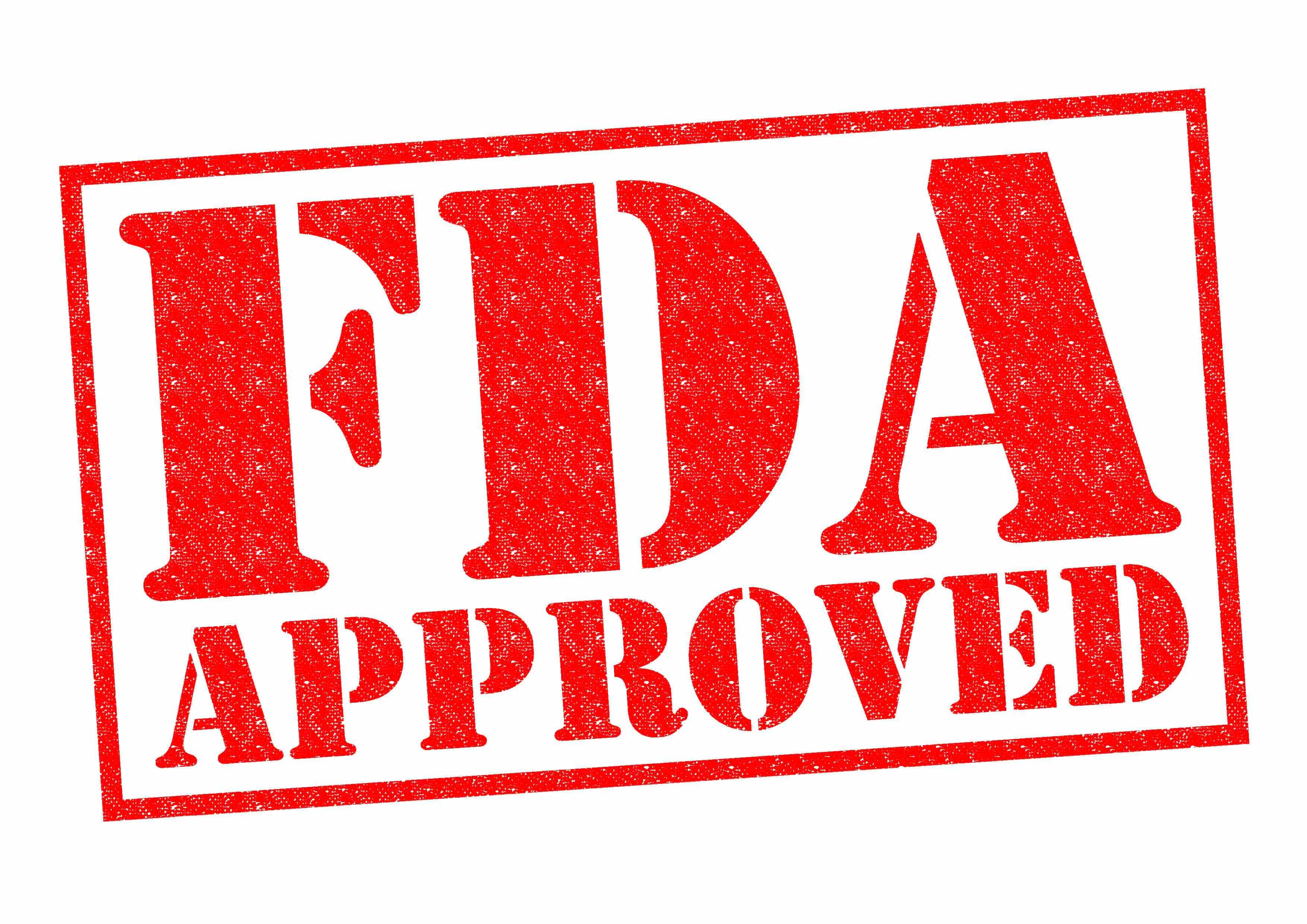Article
Giving Infants Antacids May Increase Their Risk of Bone Fractures in Childhood
Author(s):
Giving infants proton pump inhibitors alone and together with histamine H2-receptor agonists is associated with an increased risk of childhood fracture.
Giving babies antacids within the first year of life could put them at risk for bone fractures during childhood, according to study findings, which also found that this risk is amplified by days of use and earlier initiation of acid suppression therapy (AST).
The study focused on 2 commonly prescribed antacids, proton pump inhibitors (PPIs) and histamine H2-receptor agonists (H2RAs), which reduce the amount of acid produced by cells in the lining of the stomach. Commonly prescribed for adults with acid reflex, recent studies have indicated risks of bone fractures among the patient population. PPIs and H2RAs have increasingly been prescribed for infants to treat spitting up and colic because the symptoms can also be seen with gastroesophageal reflux disease, a more serious and rare condition.
Due to this increased use in infants, the researchers sought to determine if the increased risk of bone fractures was also present among this patient population. They found that infants who were given a PPI before age 1 were 23% more likely to have a bone fracture during childhood, and those prescribed a PPI and H2RA were 31% more likely. Meanwhile, infants given the H2RA alone did not have an increased risk for bone fractures during their childhood.
“While this study focused on the use of PPIs and H2RAs in very young children, it increases our knowledge of how these medications might impact overall bone health,” said Elizabeth Hisle-Gorman, MSW, PhD, associate professor of Pediatrics at the Uniformed Services University of the Health Sciences and corresponding author of the study, in a statement.
The researchers focused on a cohort of 851,631 children born within the Military Health System between 2001 and 2013 who were followed for at least 2 years and for as long as 14 years. Of these children, 11% were given an antacid before age 1, 73% of whom were prescribed an H2RA, 9% of whom were prescribed a PPI, and 18% of whom were prescribed both an H2RA and a PPI.
When given alone, the medications were taken for an average of 60 days, and when taken together, the medications were taken for an average of 192 days.
“These findings are significant to the MHS and the general population because they help pediatricians, family practice physicians, and other practitioners who care for young children to make the best decisions that are important for the ongoing health and well-being of military-connected children,” said Hisle-Gorman. “Acid suppression medications are among the most commonly prescribed medications in the pediatric age group. With close to 1.3 million children cared for in the MHS, changing practice can make a big impact on child health.”
The researchers cautioned that more research into this association is needed, and that these medications should be used judiciously in children.
Reference:
Malchodi L, Wagner K, Susi A, Gorman G, Hisle-Gorman E. Early acid suppression therapy exposure and fracture in young children [published online June 7, 2019]. Pediatrics. doi: 10.1542/peds.2018-2625.

